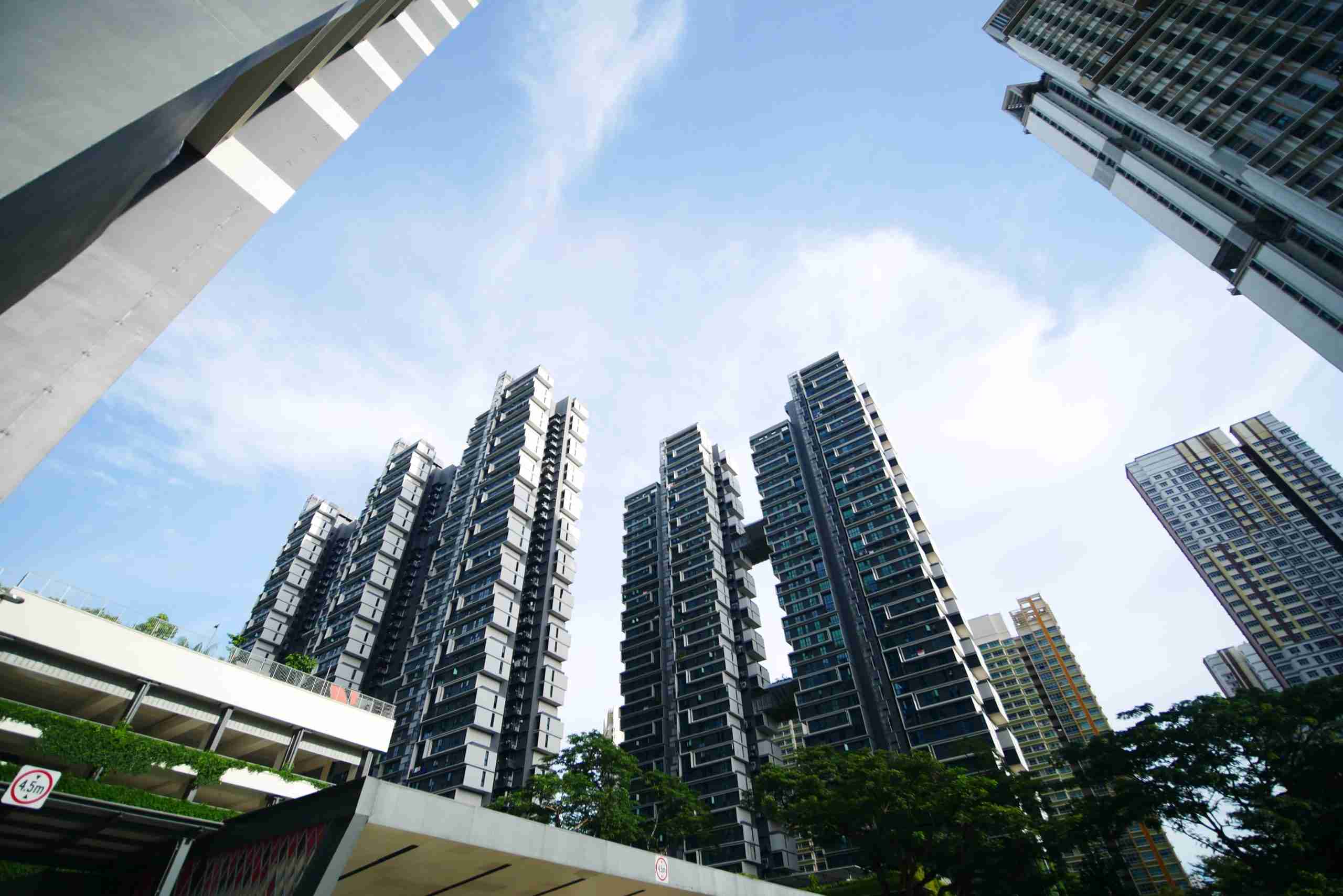Decoupling property in Singapore is a popular strategy employed by homeowners to optimize tax savings, especially in light of the Additional Buyer’s Stamp Duty (ABSD). The process involves one party in a co-ownership arrangement transferring their share of the property to the other owner. By doing so, the party who no longer holds ownership can acquire a new property as a first-time buyer, reducing or avoiding ABSD.
This approach has made Decoupling Property Singapore an effective tool for property owners looking to expand their real estate portfolio in a cost-efficient manner.
How Decoupling Works in Singapore
Decoupling is most commonly carried out by married couples who jointly own a property. One spouse transfers their share of the property to the other through a sale and purchase agreement. As a result, the spouse who sold their share no longer owns the property and can buy a new home as a first-time buyer, benefiting from lower ABSD rates.
For example, if a couple jointly owns a private property and one spouse transfers their share to the other, the spouse who transferred their share can purchase a new property with reduced or no ABSD, depending on the number of properties they own after decoupling.
Benefits of Decoupling Property
- Minimizing ABSD: One of the main reasons homeowners in Singapore opt for decoupling is to avoid the steep ABSD imposed on second and subsequent property purchases. Decoupling allows one party to be considered a first-time buyer, leading to significant savings.
- Expanding Property Investment Portfolio: Decoupling offers couples the ability to acquire additional properties at a lower cost. With one partner free to purchase a new property under more favorable tax conditions, the couple can expand their real estate holdings and increase their investment returns.
- Estate and Wealth Planning: For those looking to transfer wealth through real estate to future generations, decoupling can offer a flexible way to manage assets. It allows for strategic ownership changes, which may align with long-term estate planning goals.
- Maintaining Home Ownership: Decoupling provides an opportunity for one party to take full ownership of the existing property while the other gains freedom to explore other property investments. This arrangement ensures that the family’s primary home remains intact while enabling further real estate acquisitions.
Key Considerations Before Decoupling
- Stamp Duties and Costs: While decoupling can save on ABSD, there are other costs involved in the process, such as Buyer’s Stamp Duty (BSD) on the transfer and legal fees. These expenses need to be carefully weighed against the potential savings.
- Eligibility for Loan Financing: The party who takes full ownership of the property must ensure they meet the necessary requirements to secure financing, especially if the property is still under mortgage. Additionally, the Total Debt Servicing Ratio (TDSR) will apply, which limits the amount of debt a person can take on based on their income.
- Refunding CPF Funds: If the property was purchased using Central Provident Fund (CPF) savings, the decoupling party may be required to refund their share of the CPF used for the purchase back to their CPF account, along with accrued interest. This can impact the financial flexibility of the individual looking to purchase a new property.
- Legal Implications: It is important to consult with a legal professional to understand the full legal implications of the transfer of property. Any agreements made during decoupling must comply with Singapore’s property laws and regulations to avoid future disputes.
- Seller’s Stamp Duty (SSD): If the property is sold within a certain period after purchase (typically within three years), the seller may be subject to Seller’s Stamp Duty (SSD). This could add additional costs to the decoupling process.
Steps Involved in Decoupling Property
- Consultation with Legal Advisors: The first step in decoupling is to consult with a property lawyer who can provide guidance on the process and the potential costs involved. Legal advice is crucial to ensure compliance with Singapore’s property regulations.
- Valuation of the Property: A professional valuation may be required to determine the fair market value of the property being transferred. This ensures that the transaction is transparent and equitable for both parties involved.
- Drafting the Sale and Purchase Agreement: A sale and purchase agreement will be drawn up to formalize the transfer of the property share. This agreement will outline the terms of the transfer, including the purchase price, transfer date, and other conditions.
- Payment of Stamp Duties: Depending on the situation, BSD may need to be paid on the transfer. The amount payable depends on the value of the property being transferred.
- Transfer of Ownership: Once the necessary legal documentation is completed and the relevant stamp duties are paid, the property will be transferred to the sole ownership of one party. The other party is then free to pursue new property investments.
Conclusion
Decoupling property in Singapore can be a highly effective strategy for reducing ABSD and optimizing real estate investments. However, it is not a decision to be made lightly, as it involves several legal and financial considerations. Engaging with legal professionals and financial advisors is essential to ensure that the decoupling process aligns with your broader investment and financial goals. By carefully navigating the decoupling process, property owners can benefit from tax savings and the opportunity to expand their real estate portfolio.




